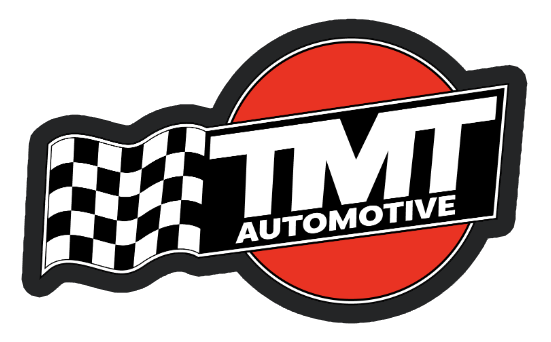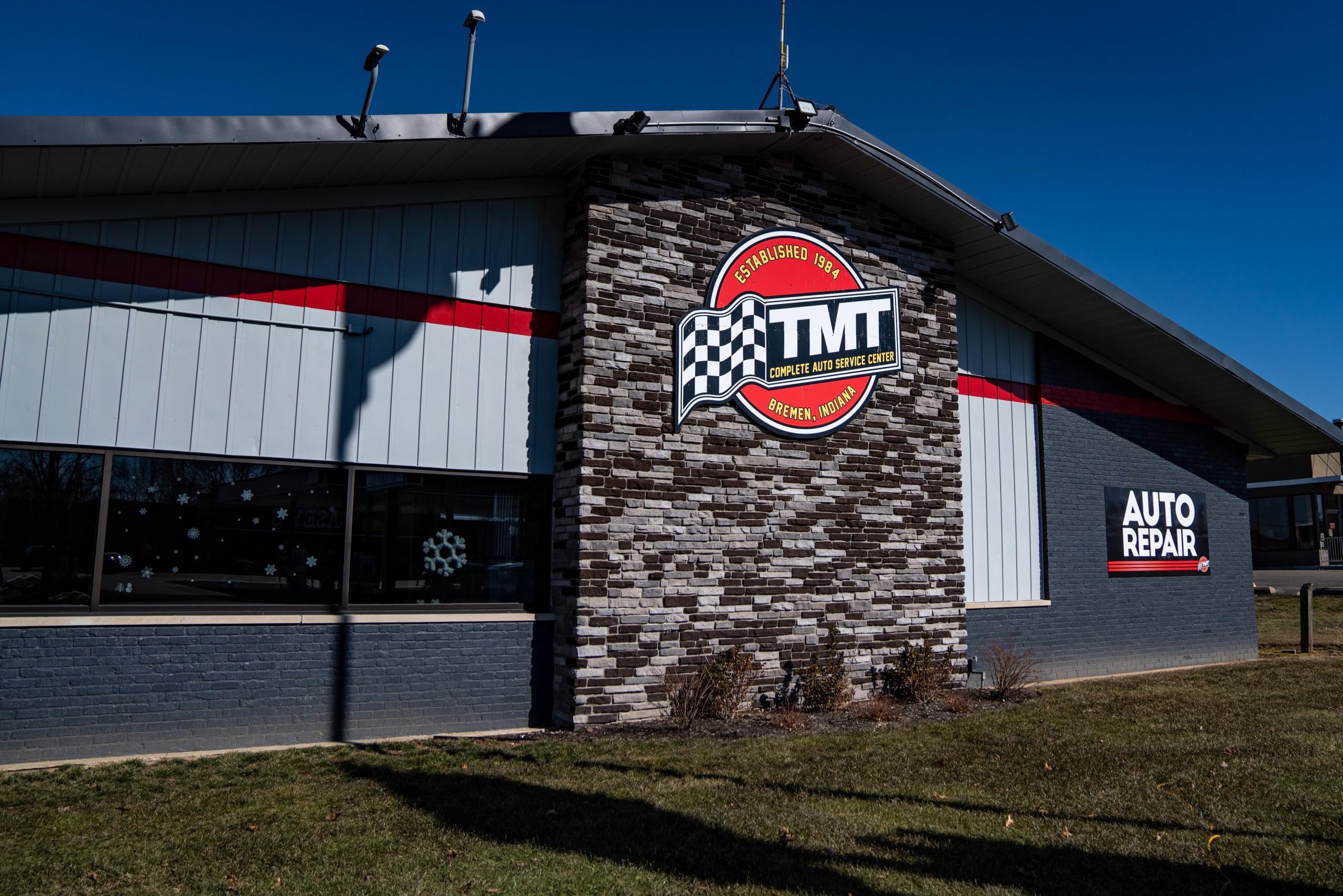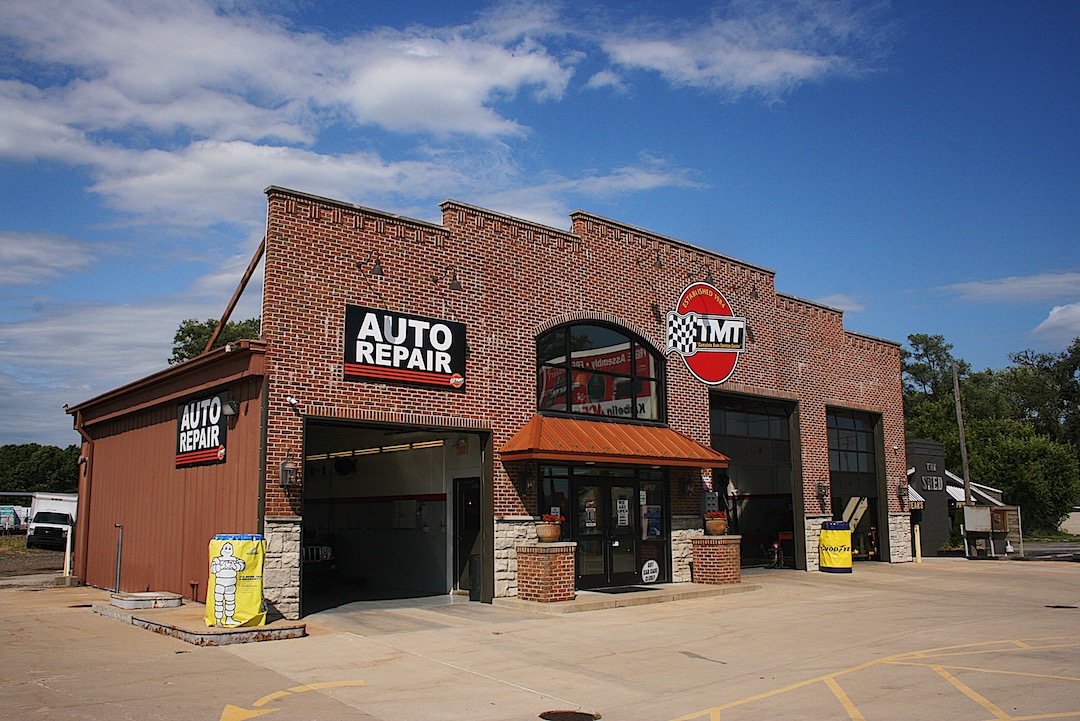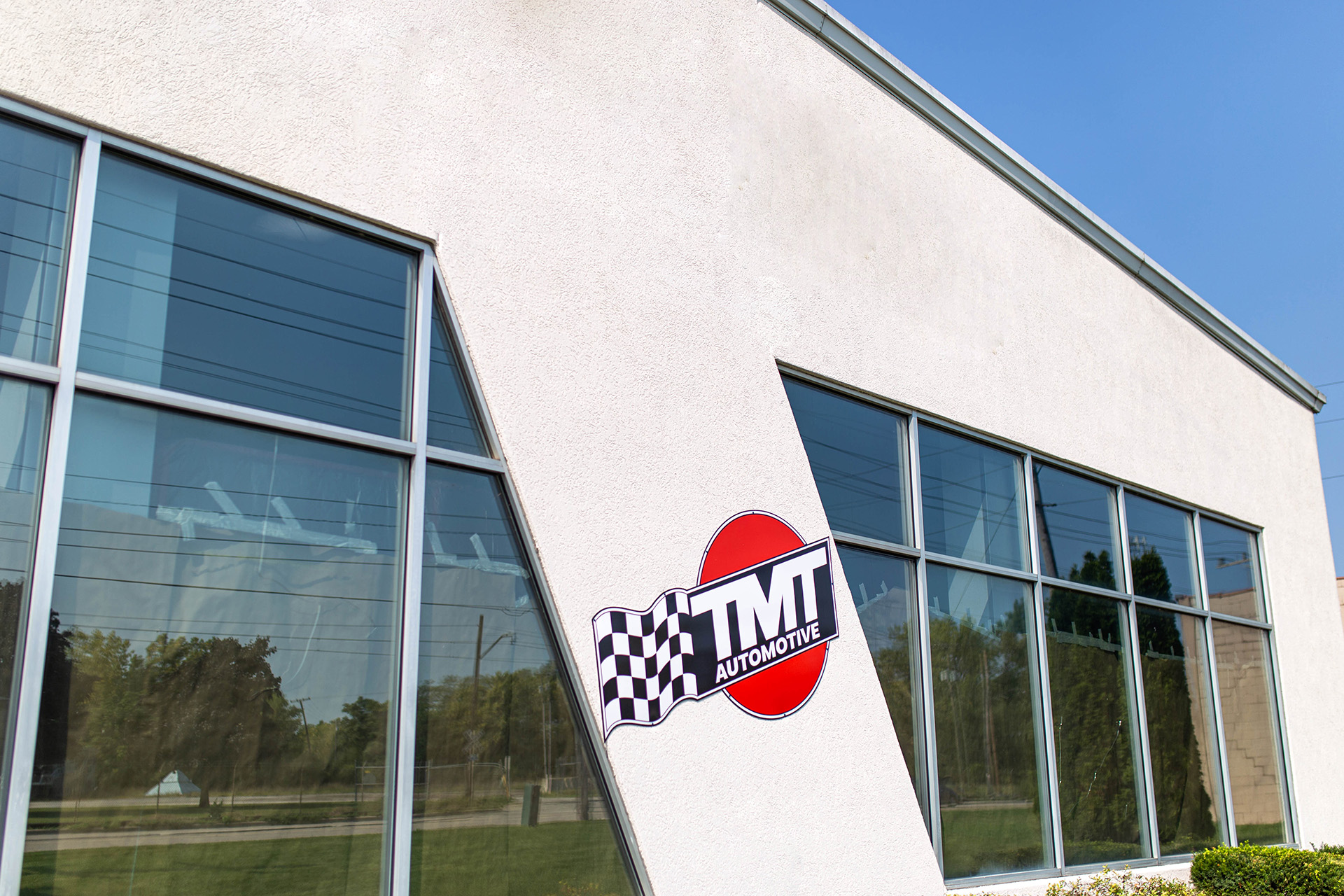Shocks and Struts
Understanding Your Suspension System
Are Shocks and Struts the Same Thing?
Shocks and struts aren’t the same thing, but they fulfill a similar purpose. Shocks and/or struts are components that make up a good portion of your vehicle’s suspension system. Their role is to reduce bouncing and increase your control over your vehicle when steering, braking, going over bumps and even traveling in high side wind.
Do I have Shocks or Struts?
Shocks and struts are often talked about together because they ultimately serve the same function. While most vehicles have one or the other, some have both shocks and struts. If you want to see what suspension system your vehicle has, you’ll want to open up the hood of your vehicle and look down by the tires.
Shocks: They stand upright near the tires and are not a structural part of the suspension system.
Struts: are also located by the tires, and do act as a structural part of the suspension system
What Shock Absorbers and Struts Do
- Reduce the effect of bumps
- Keep your tires in contact with the road
- Increase your control while driving
- Adjust to road conditions to improve steering and braking
- Control the kickback of suspension springs
- Prevent your vehicle from sliding
When Should I Replace My Shocks and Struts?
Because damaged shocks and struts severely impair your driving ability, It’s a good idea to have your suspension system inspected whenever you have your vehicle services. If your car has accumulated more than 50,000 miles, it’s time to keep a close eye on your shocks or struts. However, you don't need to replace them at the 50,000 mark unless there's something wrong. Most shocks and struts still perform well beyond that.
There are two major signals that indicate shock and strut damage.
Oil Leaks
Oil leaks often occur as the result of shocks and struts gone bad. However, not all damaged struts or shocks will leak as they age, so don’t wait for oil leaks to get your suspension system inspected.
Tire Cupping
Another sign to watch for is cupping on your tires. Tire cupping is a pattern of irregular tire wear. Cupping happens when your wheels bounce up and down. Not only does cupping reduce your tire traction, it also indicates a problem with your suspension system, which exists to control the type of bouncing that causes cupping.
Other Indicators
There are more signs that tell you it’s time to replace your shocks and struts. Braking issues and steering problems are both indicators of shock and strut issues.
Problems Flagged During a Vehicle Inspection
One of the best ways to catch suspension system problems is to have your vehicle inspected during tire services or oil change. This allows you to monitor your vehicle suspension’s wear so you can plan for shock or strut replacement.
Book Your Shock and Strut Replacement
If you’re noticing signs of wear in your suspension system, bring your vehicle in for a suspension system inspection. Our certified technicians will examine the status of your suspension system and solve any problems that might keep you from a safe and smooth ride. Book your appointment today!





